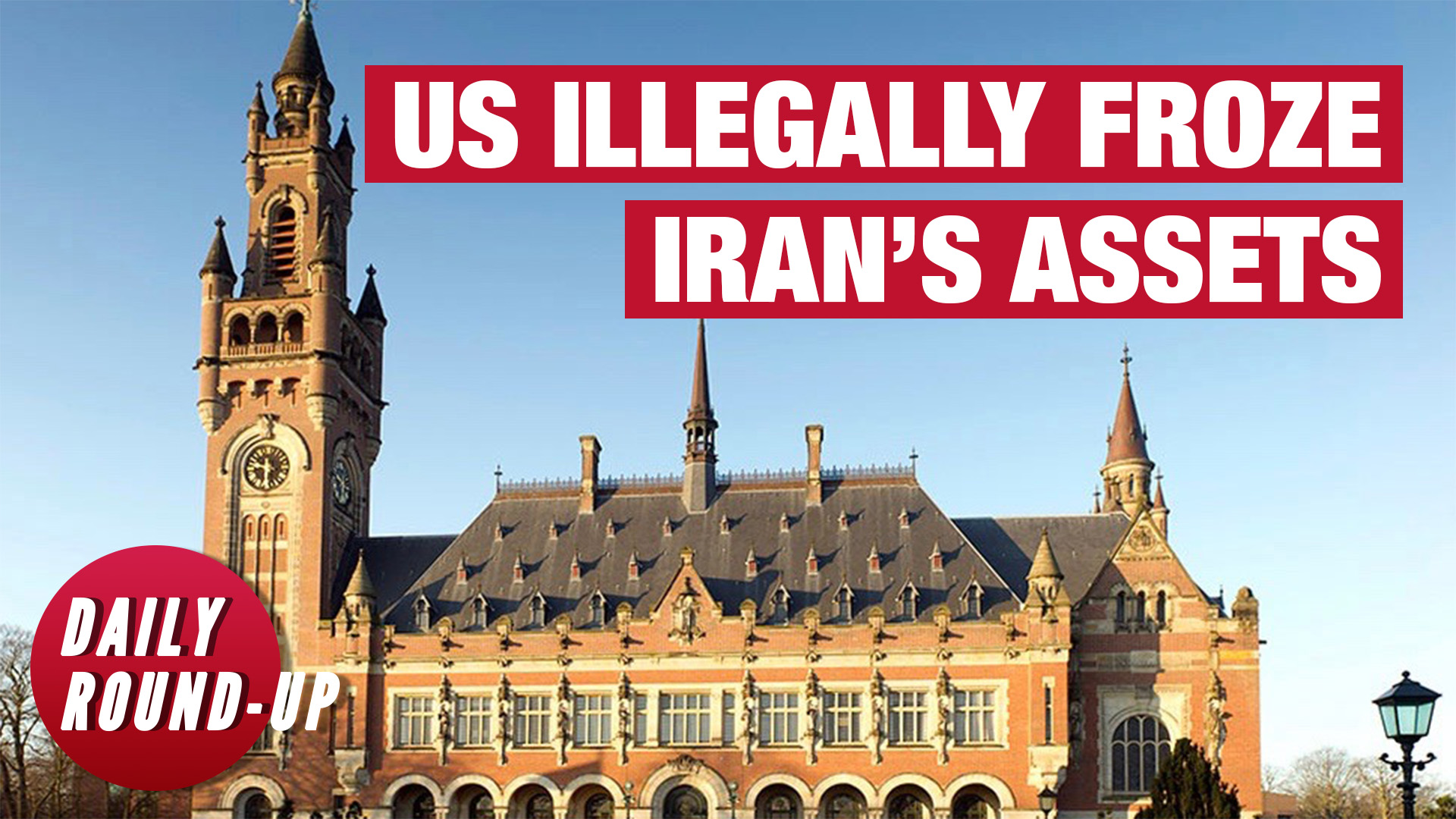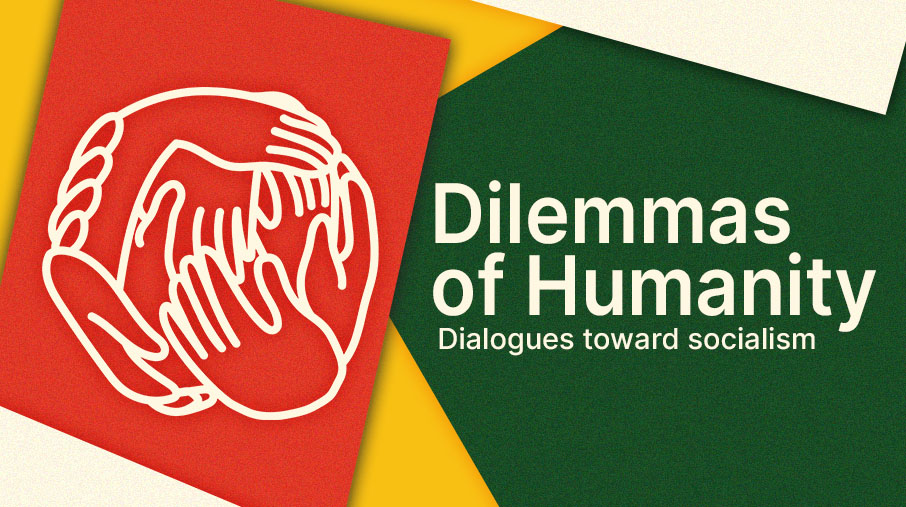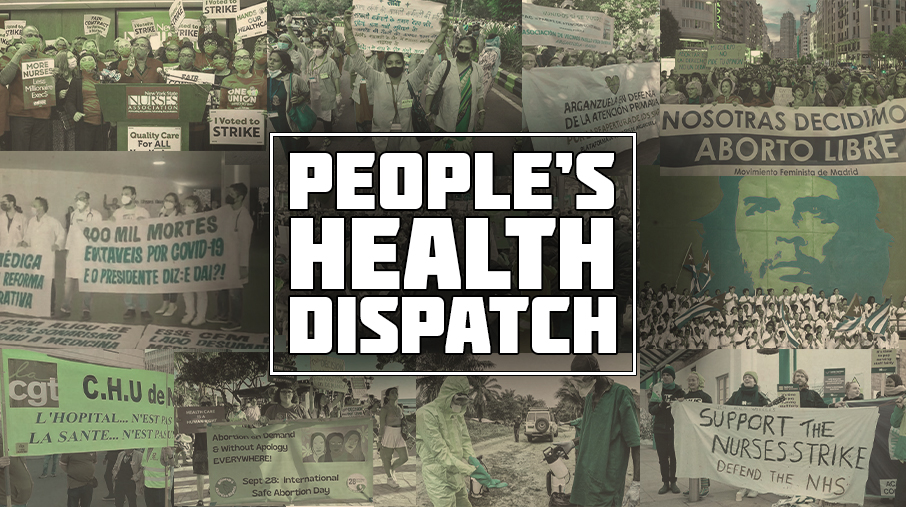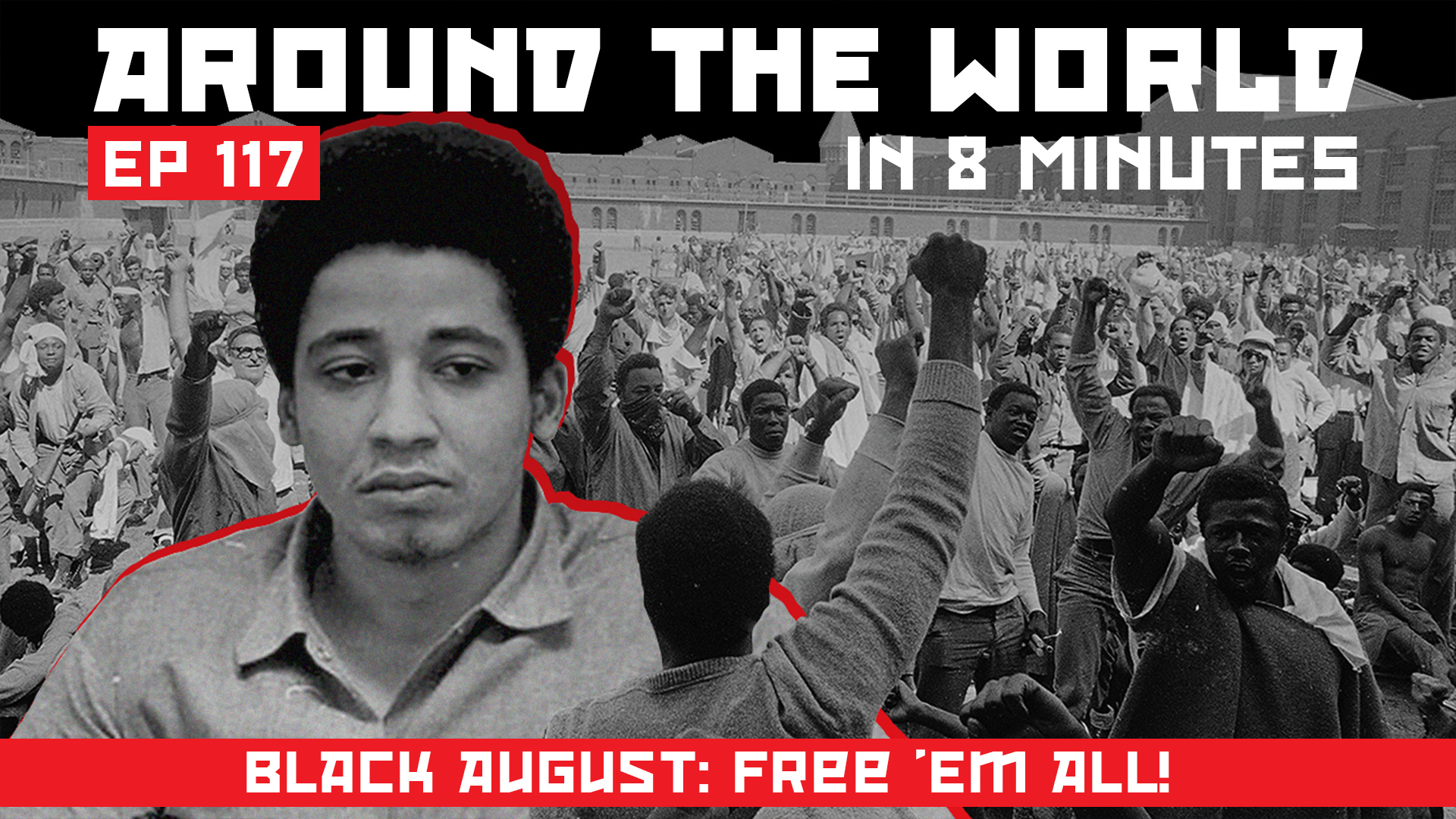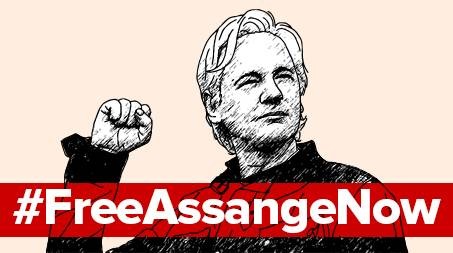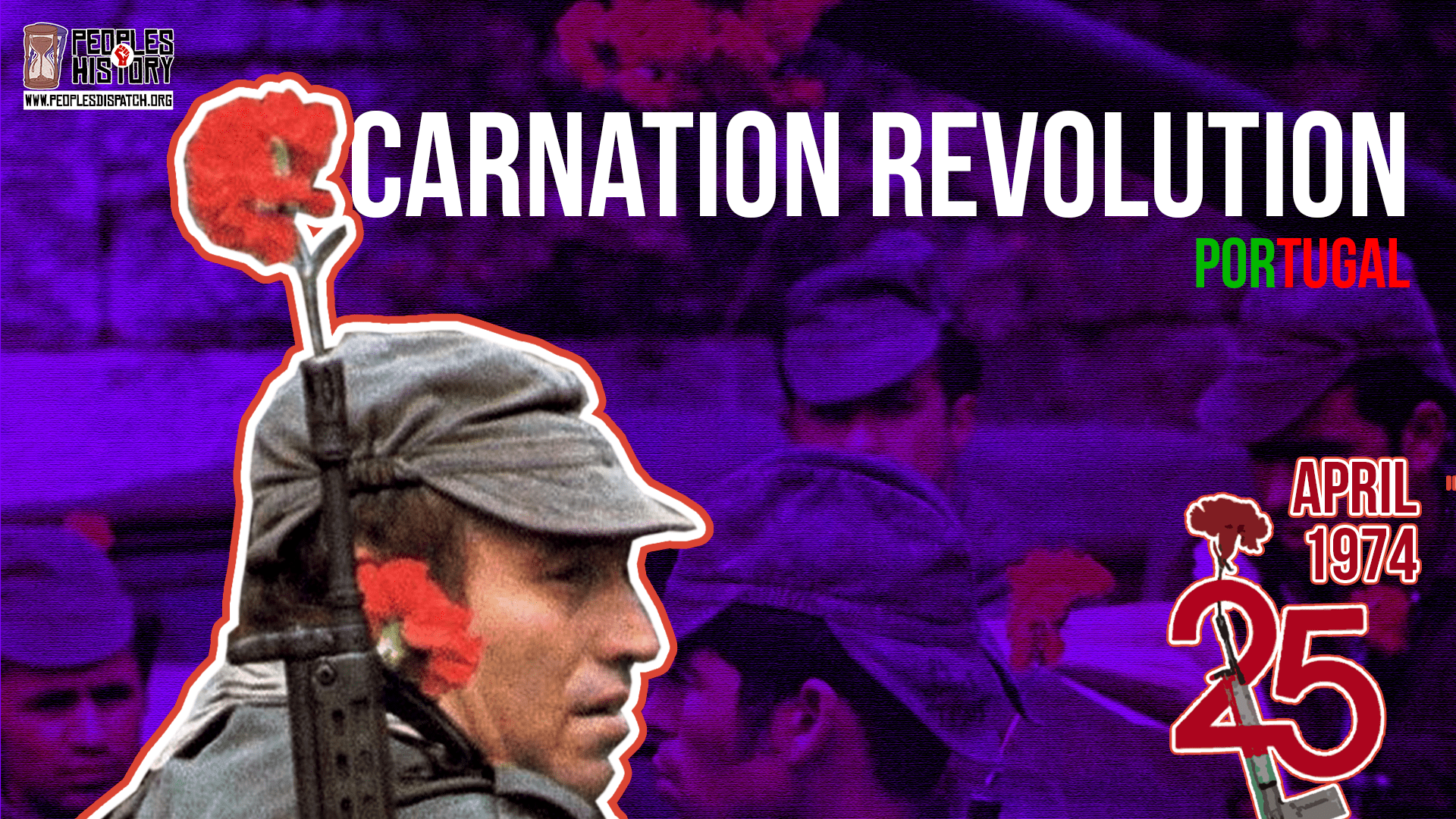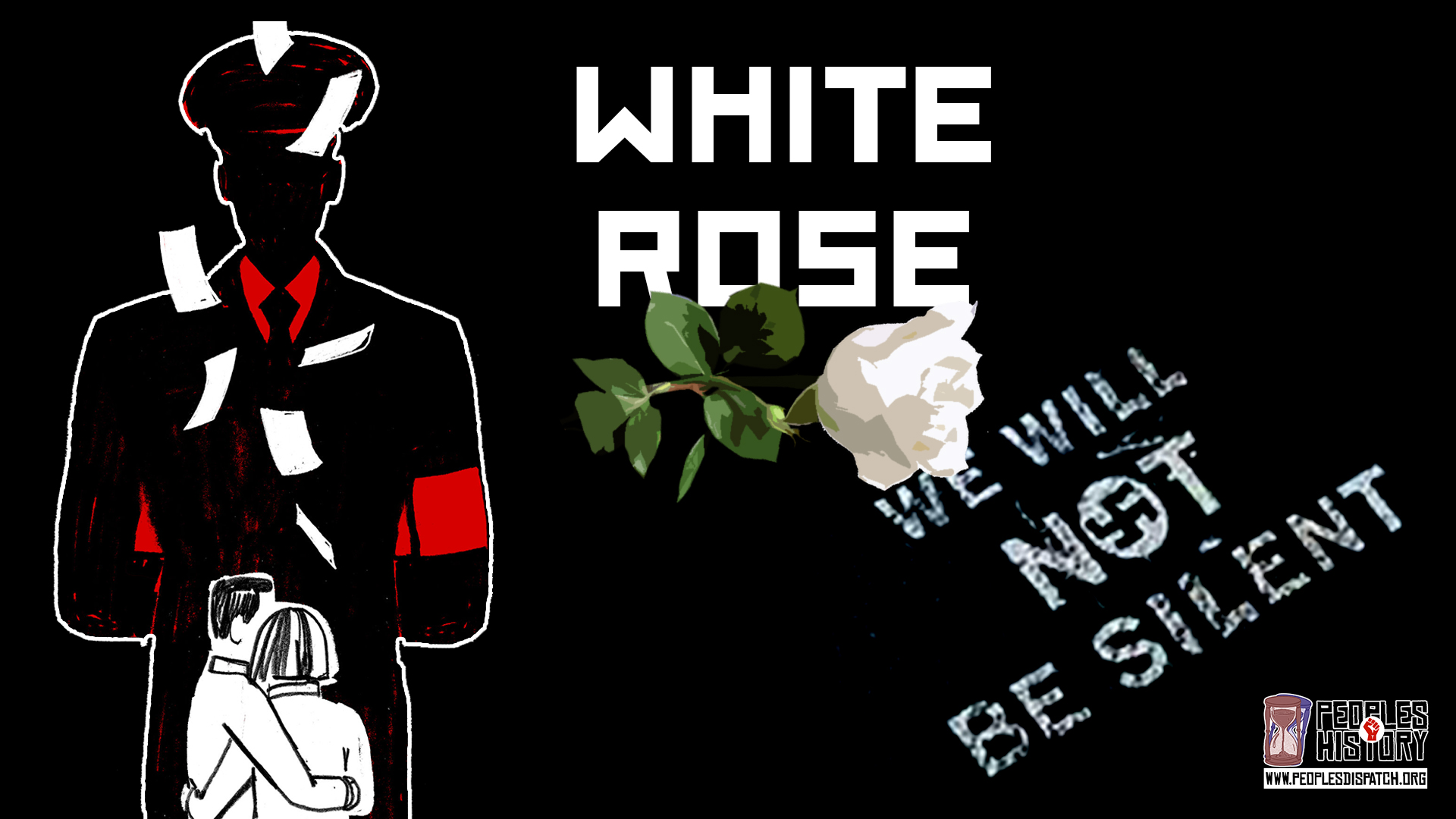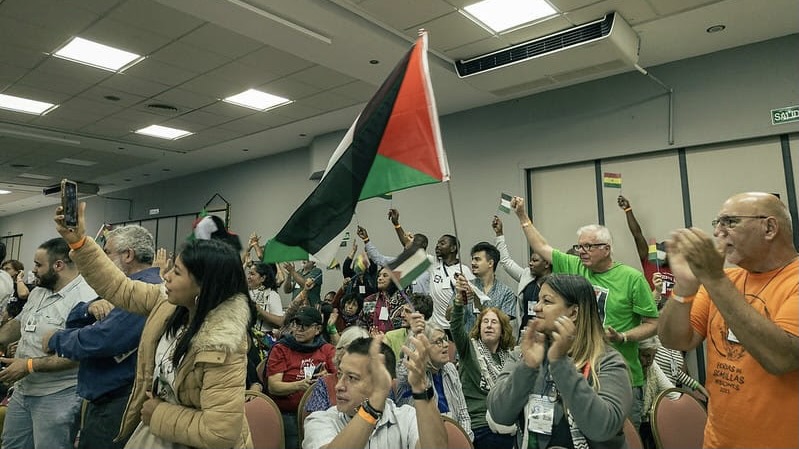 Over 800 public health experts sign letter to demand ceasefire in Gaza
Over 800 public health experts sign letter to demand ceasefire in Gaza
“The single most impactful public health intervention that could be implemented in Gaza today would be a cessation of hostilities,” write the health experts
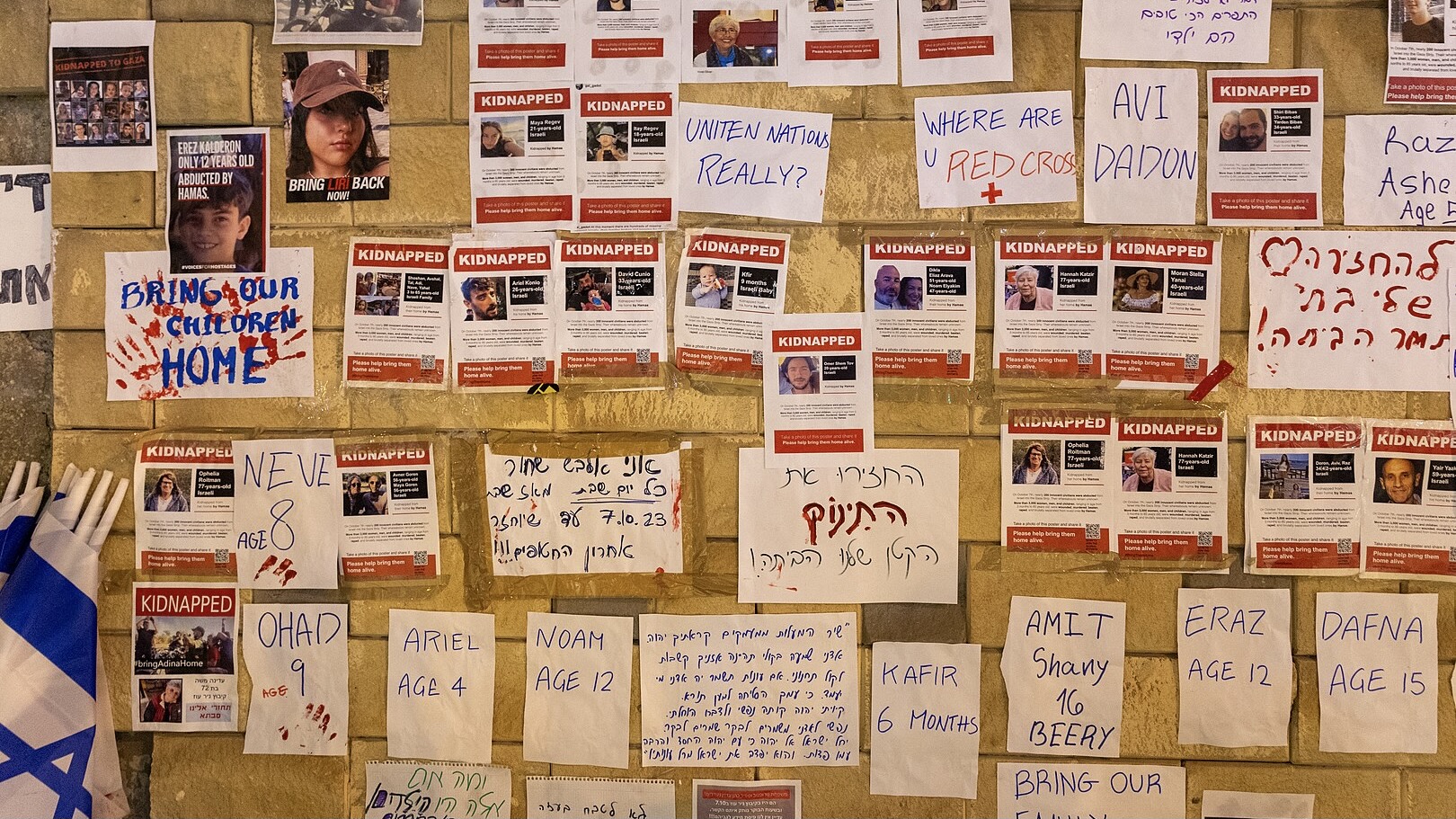 Netanyahu up against a wall as domestic pressure grows for a hostage deal
Netanyahu up against a wall as domestic pressure grows for a hostage deal
The Israeli prime minister has lashed out calling the international community ignorant and anti-semitic for criticizing the Israeli genocide of Gaza and has reiterated possibility of ground offensive in Rafah
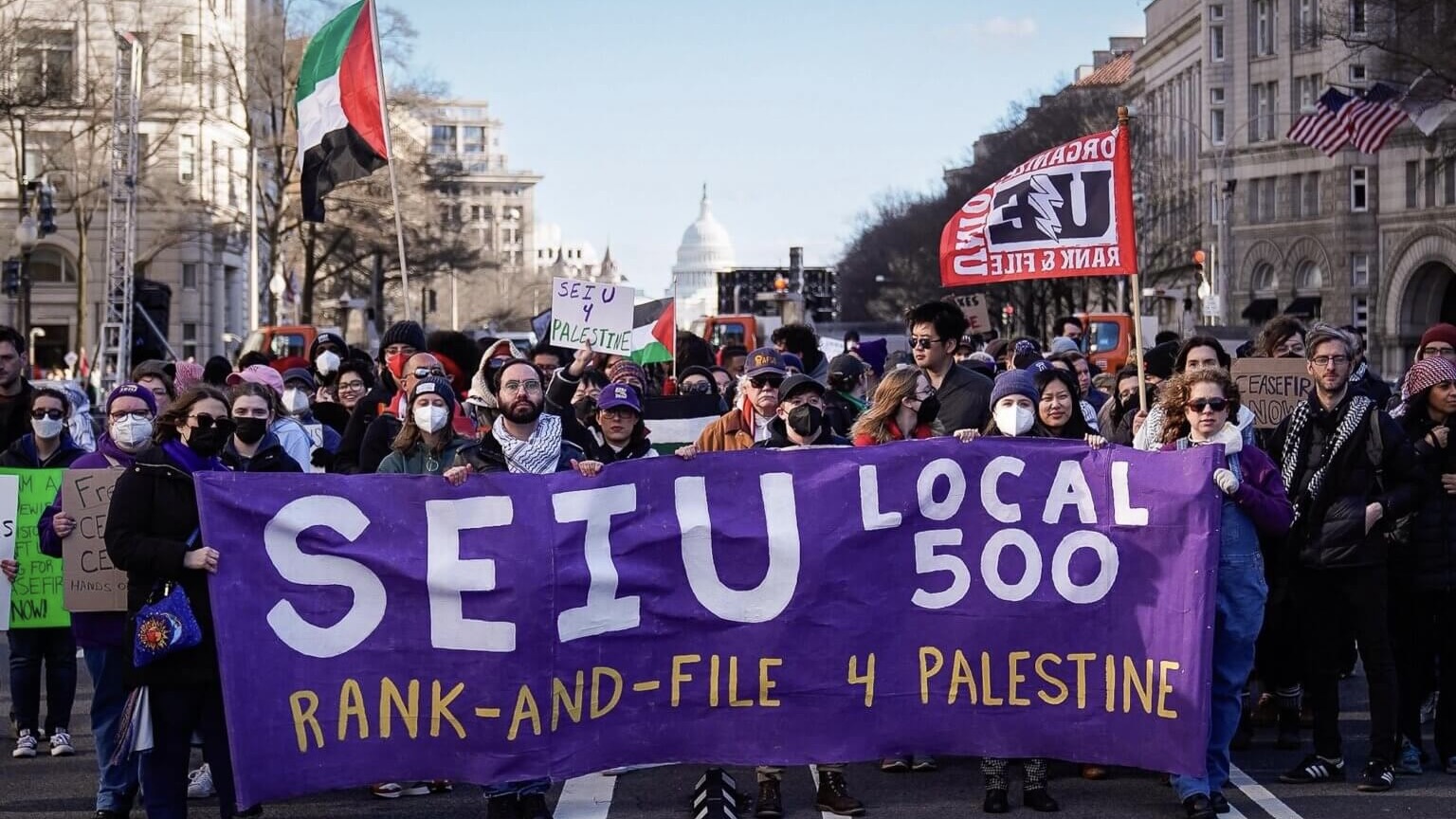 Palestinian trade unions call on US labor to take concrete action against Israel’s genocide
Palestinian trade unions call on US labor to take concrete action against Israel’s genocide
In a statement, the Palestinian General Federation of Trade Unions called on US trade unionists to intensify their actions to put an end to the US-backed genocide in Gaza
 Rusia y China vetan la resolución de EE.UU. sobre Gaza por no exigir explícitamente un alto el fuego
Rusia y China vetan la resolución de EE.UU. sobre Gaza por no exigir explícitamente un alto el fuego
Mientras Israel se prepara para una invasión terrestre de Rafah, la resolución que Estados Unidos redactó y presentó al Consejo de Seguridad de la ONU se limitaba a señalar la “necesidad imperiosa” de alto el fuego inmediato en Gaza. Argelia, Rusia y China rechazaron la resolución, afirmando que no había cumplido la exigencia fundamental de un alto el fuego.
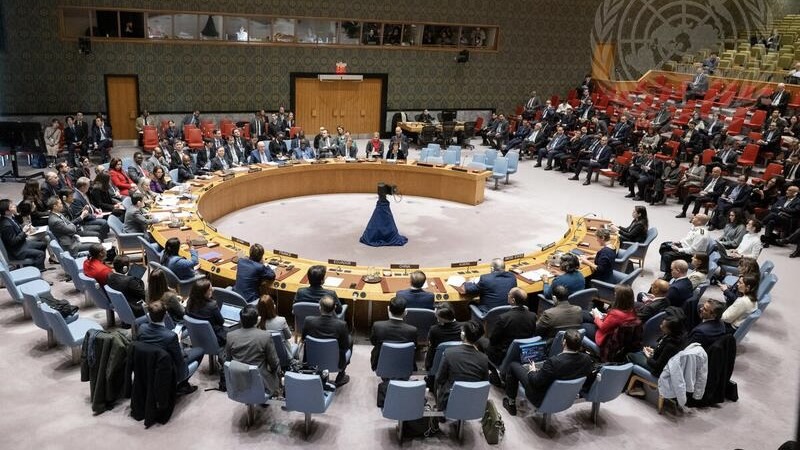 Russia and China veto US resolution on Gaza over failure to explicitly demand ceasefire
Russia and China veto US resolution on Gaza over failure to explicitly demand ceasefire
As Israel prepares for a ground invasion of Rafah, the US-authored resolution presented to the UN Security Council merely noted an “imperative” for an immediate ceasefire in Gaza. Algeria, Russia, and China rejected the resolution, stating that it had failed to deliver on the core demand for a ceasefire.
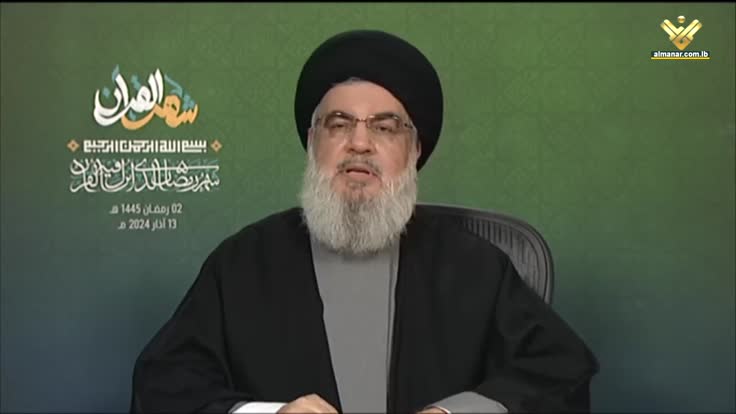 Hezbollah chief holds US responsible for genocide of Palestinians
Hezbollah chief holds US responsible for genocide of Palestinians
Nasrallah called the demand for a permanent ceasefire along with complete withdrawal of Israeli forces from Gaza a collective demand of the Axis of Resistance
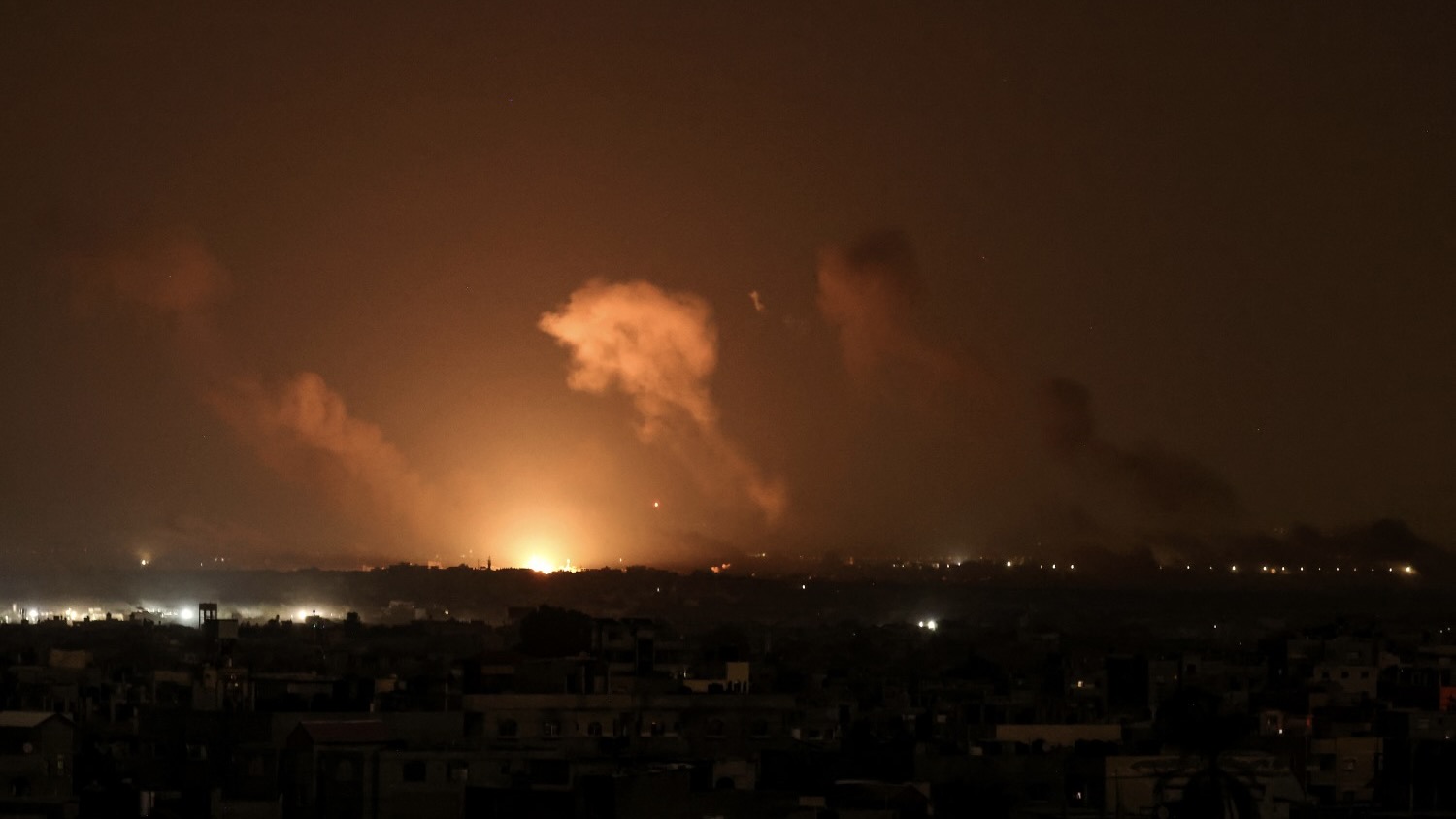 Ramadan begins in Palestine amid food shortages and bombing
Ramadan begins in Palestine amid food shortages and bombing
Western countries have put more resources towards airdrops and maritime routes for aid delivery, instead of putting diplomatic and economic pressure on Israel to allow aid deliveries by land
 30,000 killed in five months of Israel’s “war of annihilation”, Palestinians call for global mobilizations to stop the genocide
30,000 killed in five months of Israel’s “war of annihilation”, Palestinians call for global mobilizations to stop the genocide
Movements across the world have called for mass mobilizations on March 2 to put pressure on Western governments to end their support for Israel’s genocide
 Hezbollah launches more attacks in retaliation to Israeli strikes
Hezbollah launches more attacks in retaliation to Israeli strikes
Over 200 Lebanese have been killed in repeated Israeli air and artillery strikes in the southern and eastern parts of the country since October 8. Israeli Defense Minister Yoav Gallant has said attacks will continue even if a truce is reached in Gaza
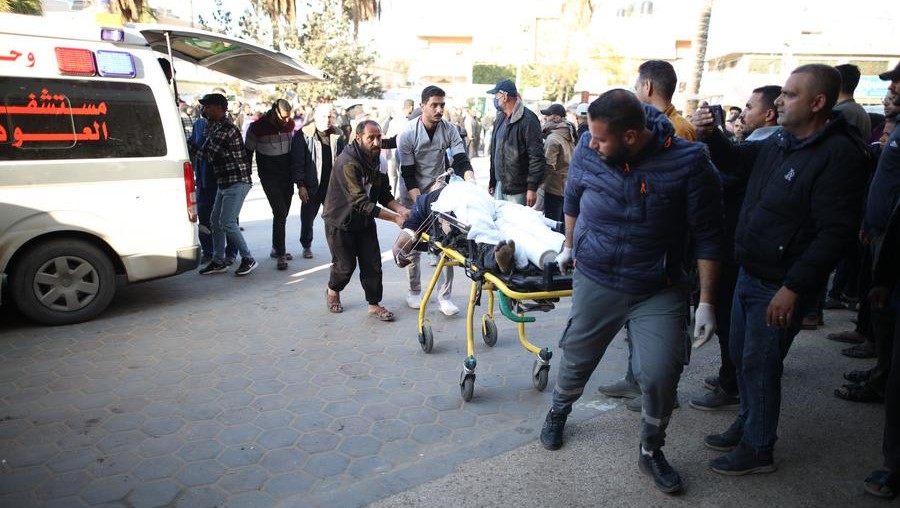 On day 138 of Israeli assault, death toll rises in Gaza and attacks continue in West Bank
On day 138 of Israeli assault, death toll rises in Gaza and attacks continue in West Bank
The death toll in Gaza rose to at least 29,313, with at least 69,333 injured. World Food Programme authorities warned that a famine is likely if things do not change and significantly higher volumes of food are needed
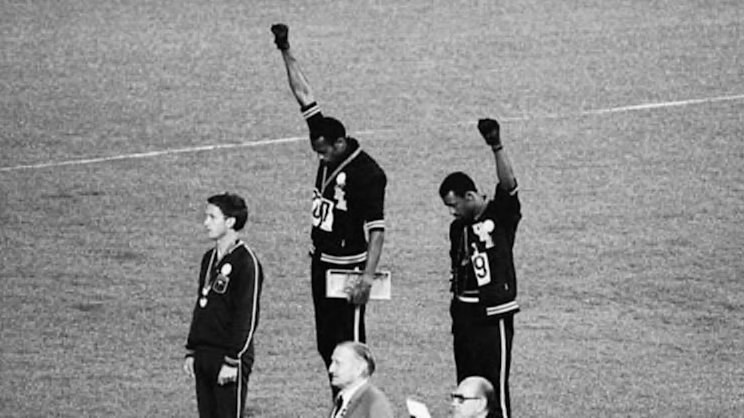 Dozens of professional athletes sign “Athletes for ceasefire” letter
Dozens of professional athletes sign “Athletes for ceasefire” letter
The statement was signed by several celebrated athletes, including John Carlos, who raised a fist during the playing of the US national anthem at the 1968 Olympics
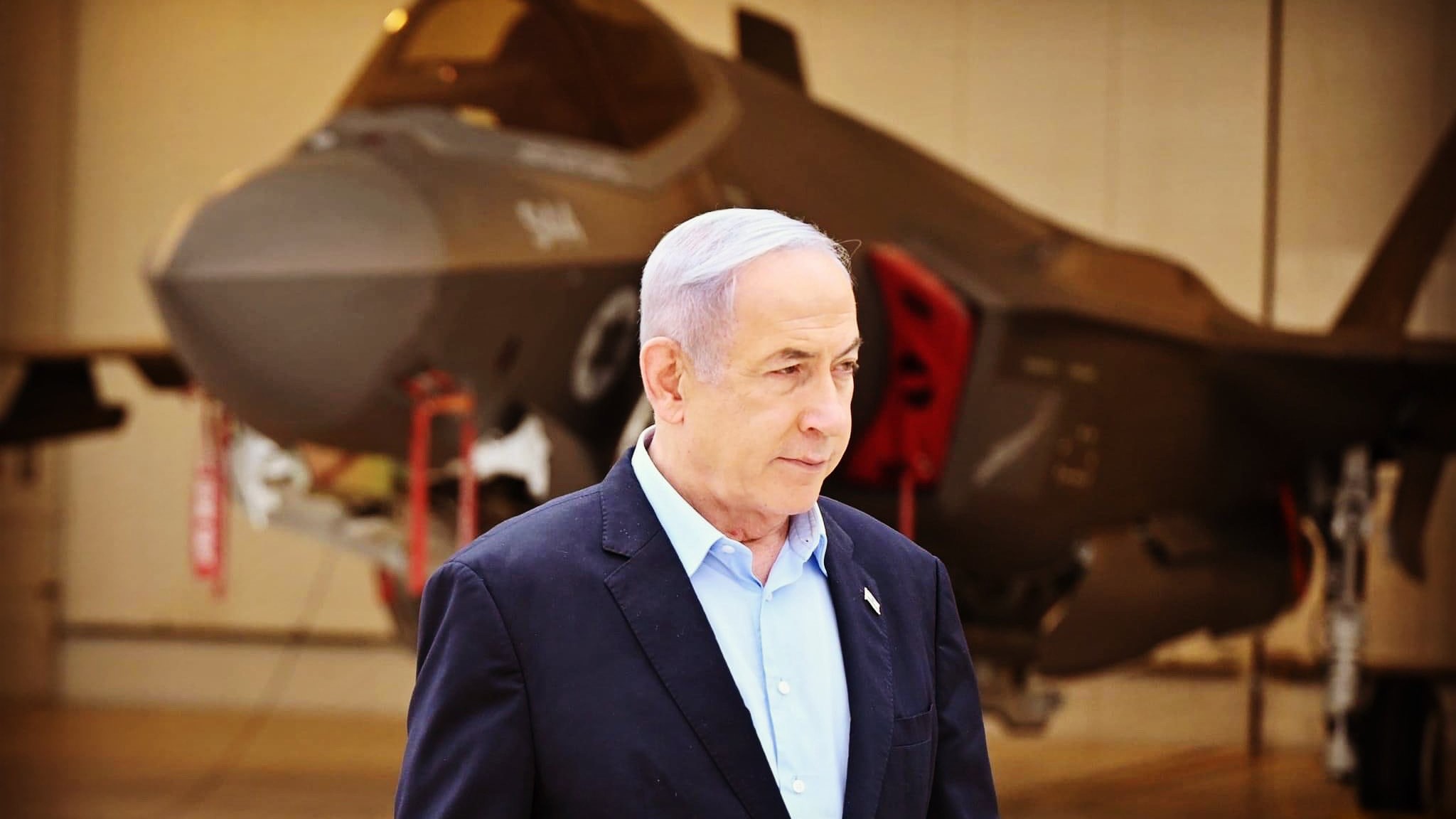 Israel rejects Hamas’ ceasefire proposal, Netanyahu declares “no other solution” but war
Israel rejects Hamas’ ceasefire proposal, Netanyahu declares “no other solution” but war
Hamas had proposed a 135-day agreement which would have seen the release of all hostages in exchange for the freedom of Palestinian prisoners and “complete and sustainable calm.” The proposal was a response to the “Framework Agreement” mediated by Egypt, Qatar, and the US in Paris last week.


